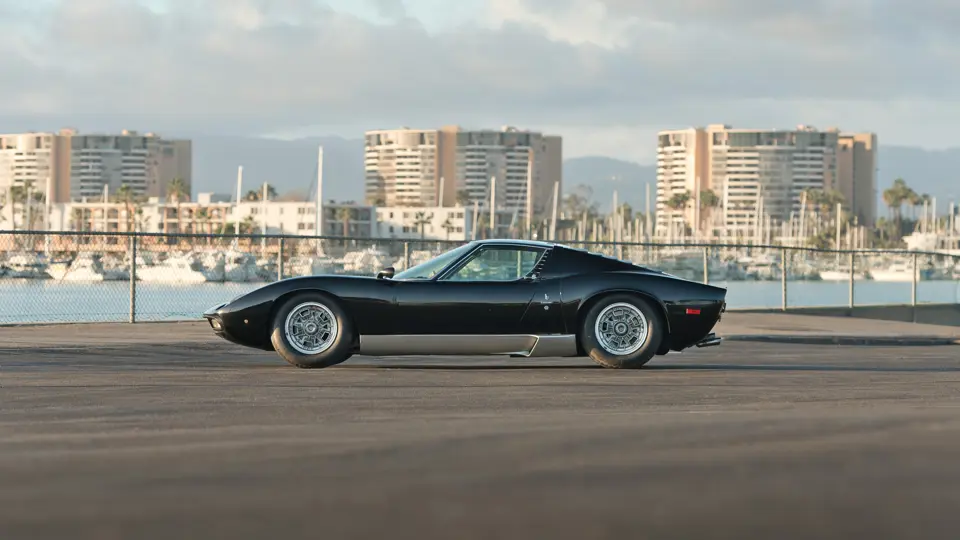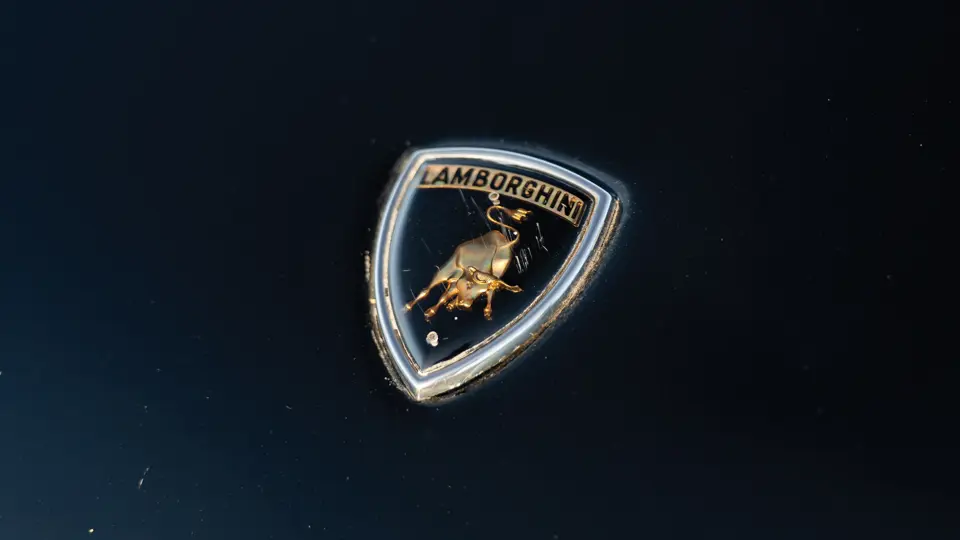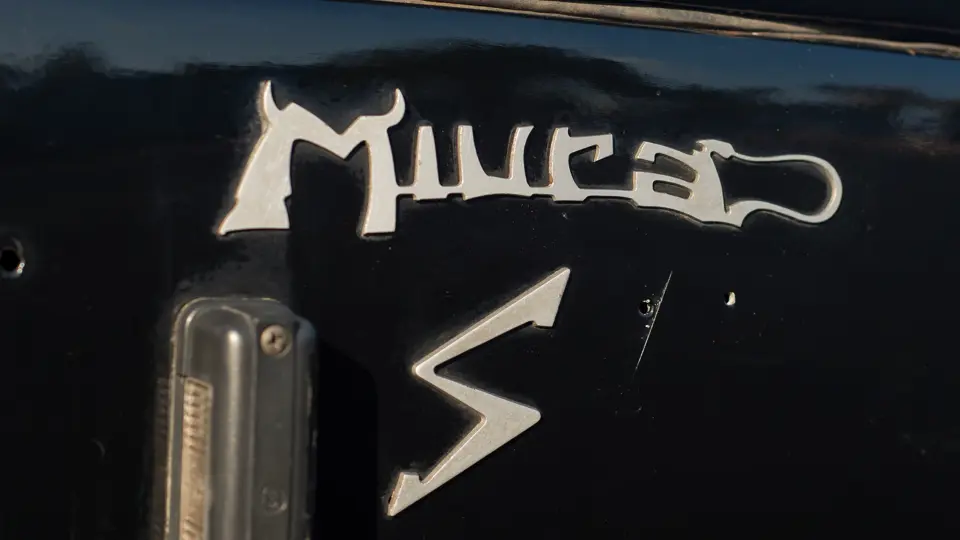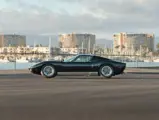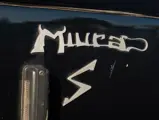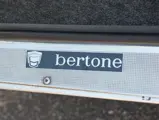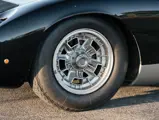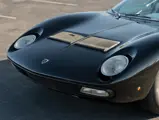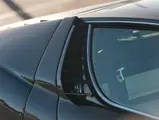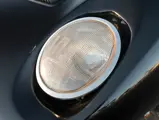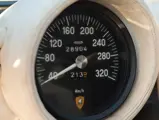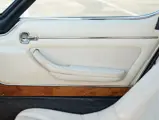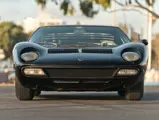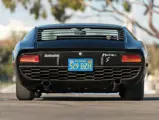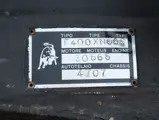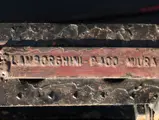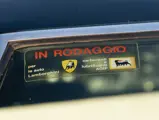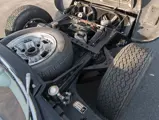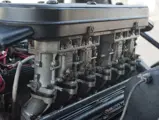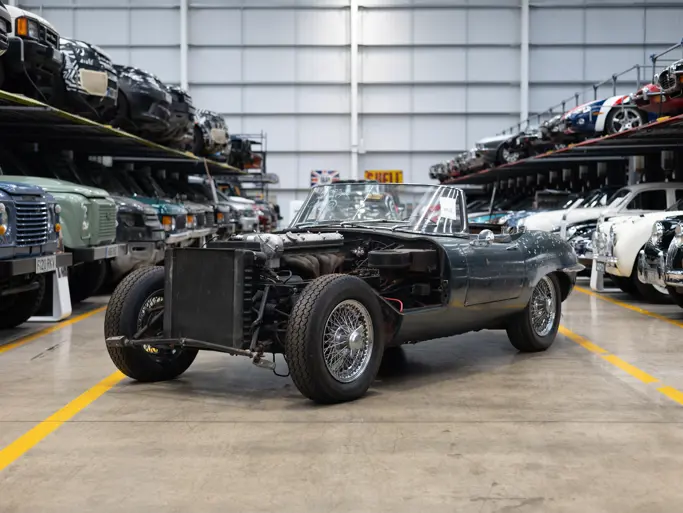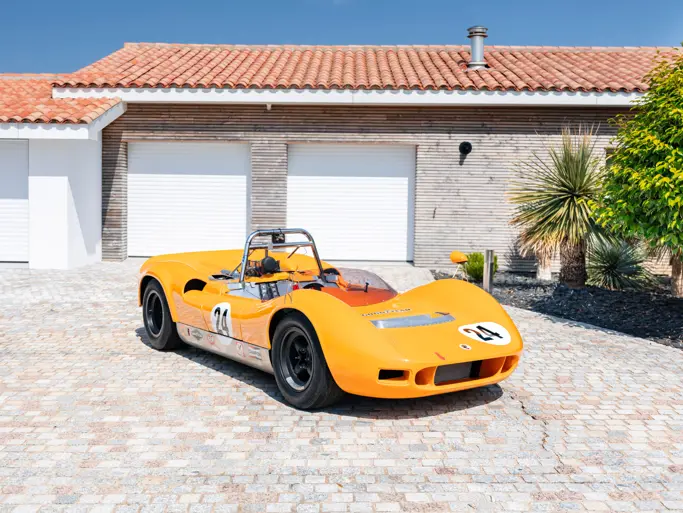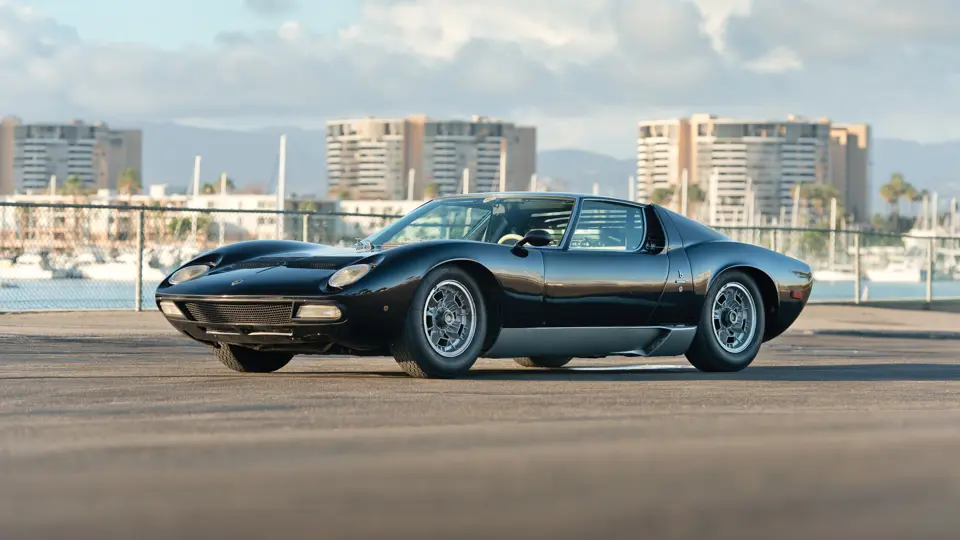
1970 Lamborghini Miura P400S by Bertone
{{lr.item.text}}
$1,000,000 - $1,400,000 USD | Not Sold
{{bidding.lot.reserveStatusFormatted}}
- A very desirable late-model “S” Miura
- Factory air conditioning, vented disc brakes, and SV-spec chassis
- Outstanding color combination
- One of the most exciting recent Miura “discoveries”
370 bhp, 3,929 cc DOHC transverse mid-mounted alloy V-12 engine with four Weber 40 IDL-3C carburetors, five-speed manual transaxle, independent front and rear suspension with A-arms, coil springs, tubular shock absorbers, and anti-roll bars, and four-wheel hydraulic disc brakes. Wheelbase: 98.4 in.
The Lamborghini Miura, which was named after Don Eduardo Miura Fernández, the legendary breeder of fierce Spanish fighting bulls, was the very embodiment of the “supercar” moniker. Prior to the arrival of the Miura in 1967, many sports cars certainly offered high levels of performance and handling, but the Miura was the first to be built around the criteria that defined our modern concept of the supercar: tremendous speed and jaw-dropping design coupled with technical innovation, resulting in a wallet-wilting price tag to which only the wealthiest could aspire.
By 1967, the latest version of the Lamborghini V-12 engine, which by now had been enlarged to four liters, was used for the entirely new and radical Miura. This Miura was first shown to a stunned public in March 1966 at the Geneva Salon, and its sinuous body was penned by Bertone designer Marcello Gandini, who was 27 at the time. The Miura development team also included two brilliant engineers who would gain fame in their own rights, Gian Paulo Dallara and Paolo Stanzini.
Under the guidance of New Zealander Bob Wallace, the Miura’s chassis was carefully tuned to deliver the handling levels needed to contain and exploit the prodigious amounts of available power. With double-wishbone suspension at each corner, the Miura’s technical specifications were very advanced for a road going car. The mid-mounted engine was fitted transversely, to allow for a more compact overall layout. The Miura’s original design sketches also called for a glass engine cover and a three-seat layout, with the driver in the middle and one passenger on either side. Although this latter feature never made it to the production Miura, it did reemerge on future supercars, most notably on the McLaren F1 of the 1990s.
While the glass engine cover was never used, the rear window louvers that did appear on production models were an industry first. As the engine was no longer front-mounted, but rather posteriore, the first generation of Miuras were accordingly named P400. This turned out to be a sensational, trendsetting decision. Almost immediately, the young Lamborghini marque leapfrogged to the head of the class, well ahead of both Ferrari and Maserati, with this innovative mid-engine configuration.
The Miura’s technical specifications remain impressive even today, as it has a lightweight frame, fully independent suspension, four-wheel disc brakes, and power provided by that well-proven, symphonic V-12 engine. The Miura, which breathed deeply through four triple-choke Weber carburetors, could initially offer 350 brake horsepower on tap and was capable of going over 175 mph. In the hands of the brave, it was more than a match for any other road going production car of the era.
A steady process of evolution and improvement was maintained throughout the production cycle of the Miura, and in 1968, the “S,” or spinto (tuned), version appeared, boasting 370 brake horsepower, updated brakes, and numerous other enhancements. The S version of the Miura was faster, more luxuriously appointed, and more stable, with better braking, and it represented a large step forward from its already magnificent predecessor. The Miura S was capable of reaching 60 mph in just 5.5 seconds and 140 mph in fewer than 30 seconds, and it could also achieve a top speed of 177 mph. In April 1970, Road & Track called it “an exercise in automotive art.”
CHASSIS NUMBER 4707
Chassis number 4707 is recorded on the original factory chassis list, which was published in Joe Sackey’s Lamborghini Miura Bible, as having been originally delivered through Lamborauto of Turin on October 7, 1970, and finished in Champagne with a Nero interior. As a very late production “S,” it was equipped with the most desirable features of ventilated disc brakes and a thicker, strengthened chassis frame, similar to that installed on the later “ultimate” SV. Importantly, it was also equipped with factory air conditioning, which is always a welcome feature on summer days.
According to the documentation on file, the car was imported to the United States in 1984. Until recently, it had remained “under the radar” while in the small, reclusive private collection of a New Jersey enthusiast, who, according to the earliest title, registration slips, and paperwork on file, had owned it since at least 1988. According to the present owner, the car had last been used in 1996, after which it remained, alongside three or four Ferraris, in the same East Coast garage until the owner acquired it.
The owner contacted West Coast Lamborghini specialist Gary Bobileff, who, according to the owner, was sent photographs of the car’s chassis plate, chassis stamping, and body stampings, all of which confirmed the car to be very original and in good, genuine order. It is believed that the color change to the present Nero over Champagne interior was undertaken before the car departed to Italy in the early 1980s.
The owner notes that a recent compression test shows the compression of all cylinders is between 140 and 150, the oil pressure is good, and the synchromesh is good, except for the synchros in second gear, which are slightly weak. The Miura runs and drives fine otherwise, with the owner noting slight smoke only on the initial start and none while driving. “We’ve really just dusted it off,” the owner recounts, “being very careful around the engine bay to leave the original paint on the engine and chassis.”
This is a wonderful opportunity to acquire a just-found Miura that is fresh for additional recommisioning and ripe for driving enjoyment.


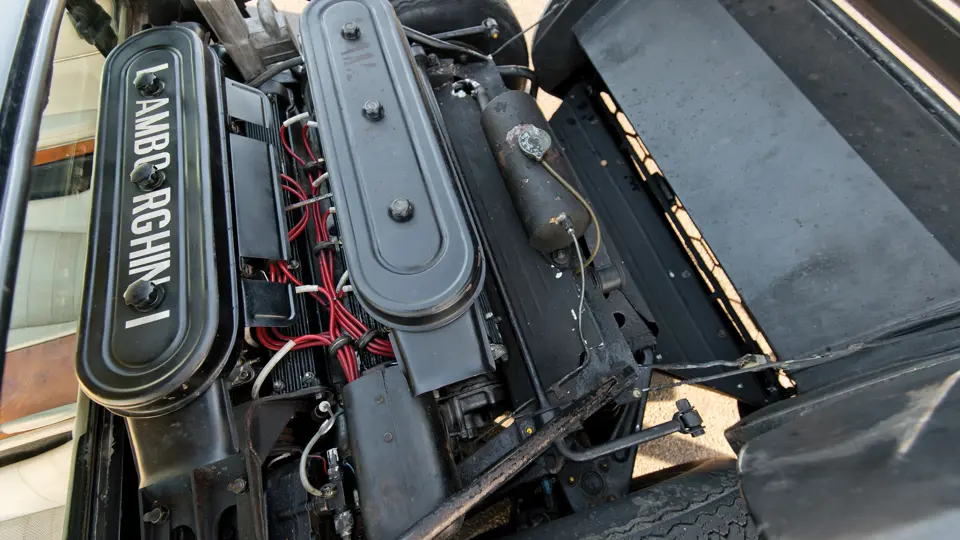

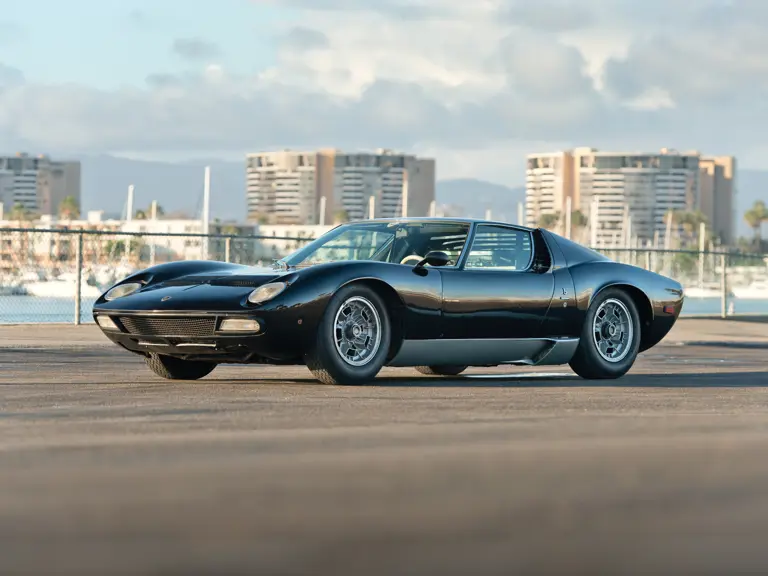
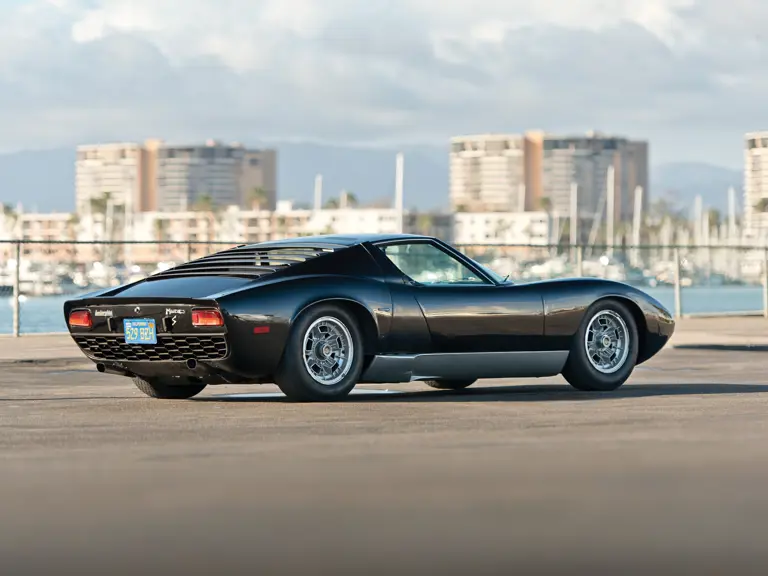
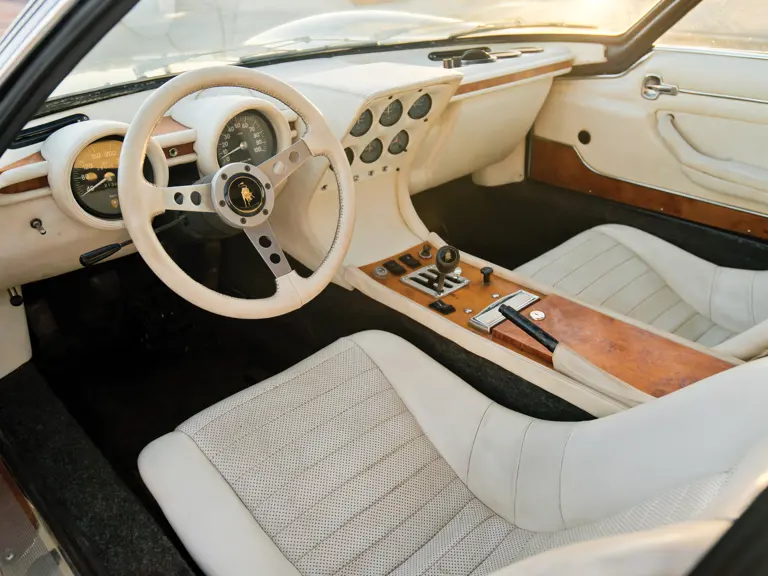

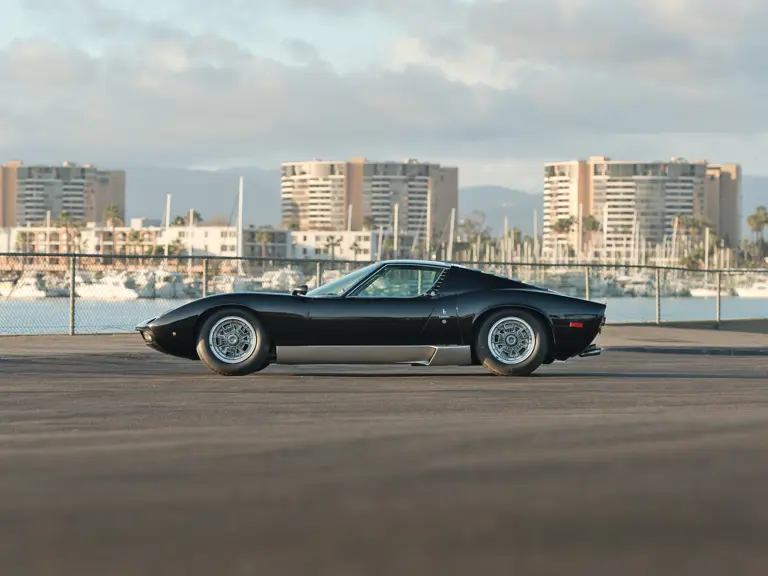
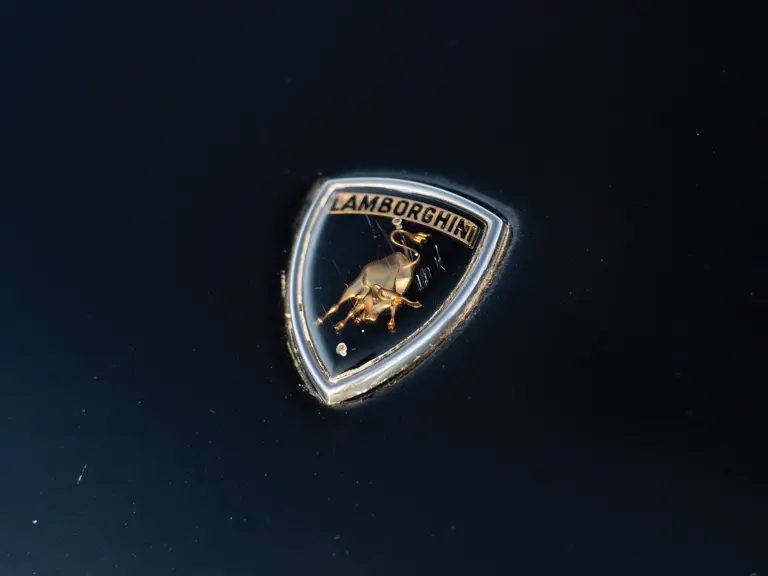

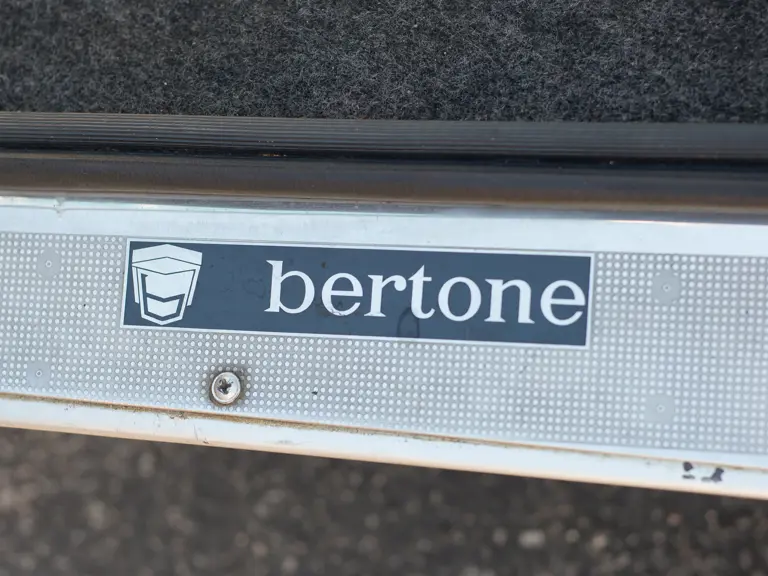
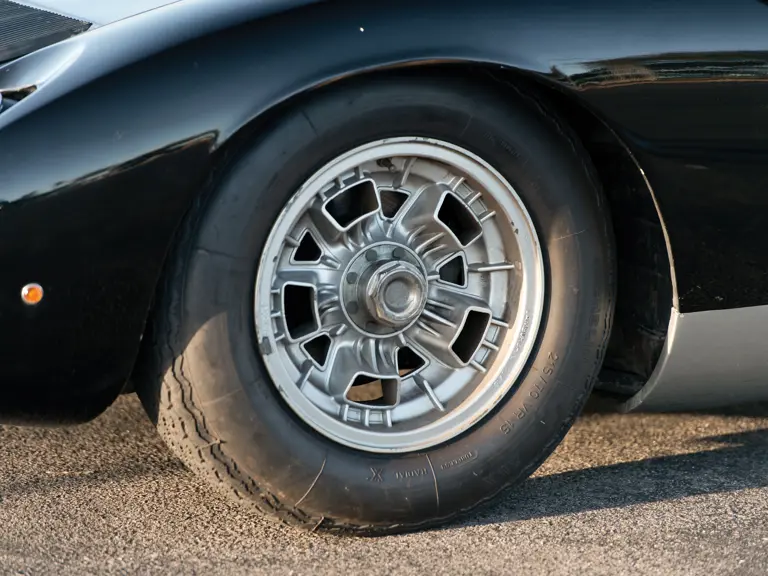
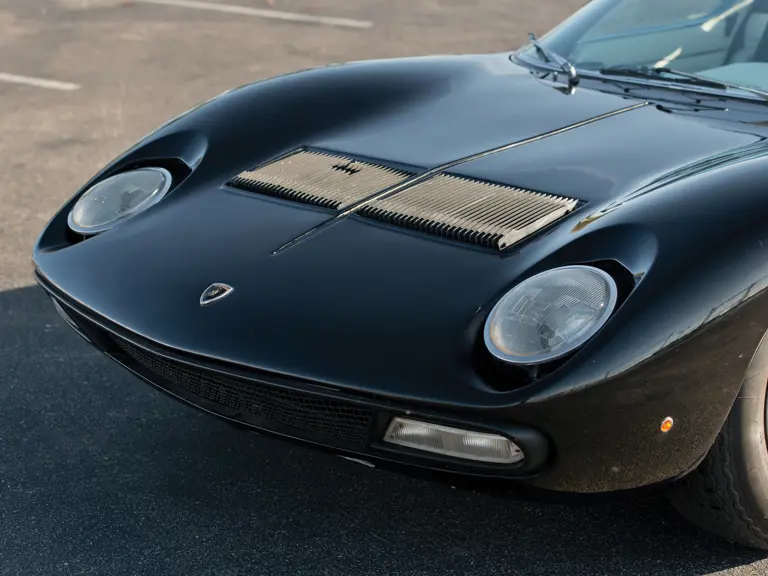

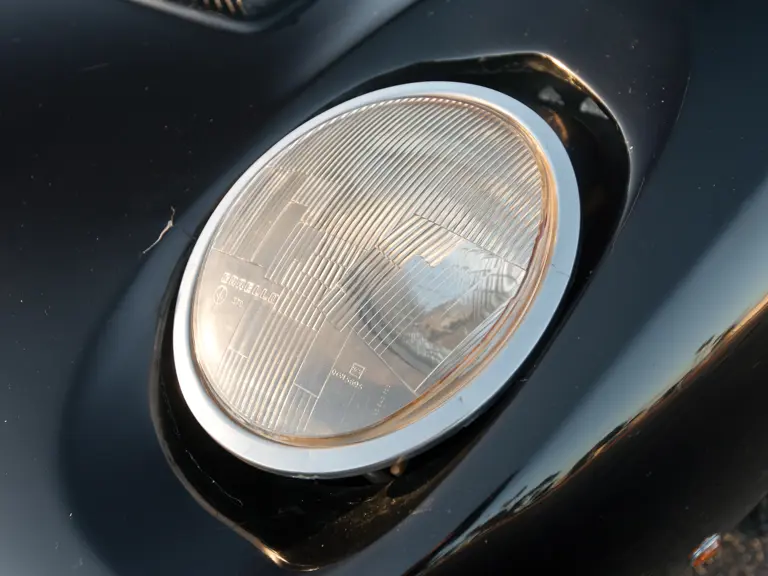
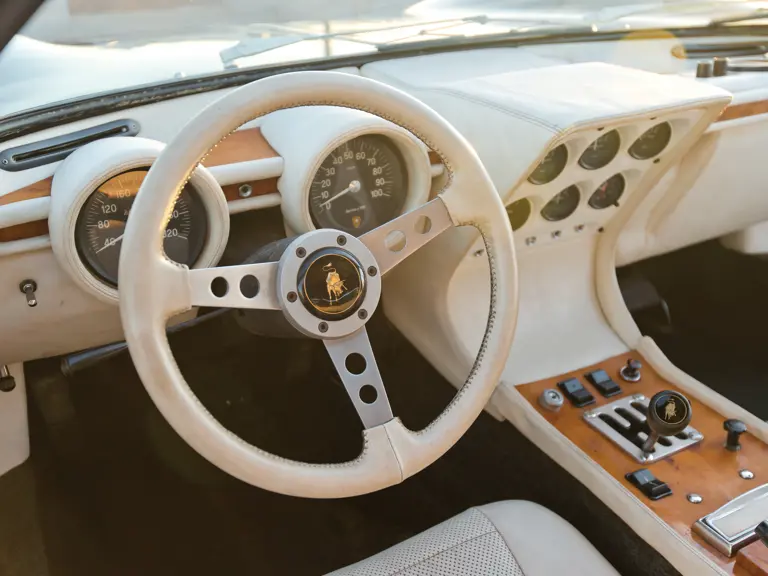
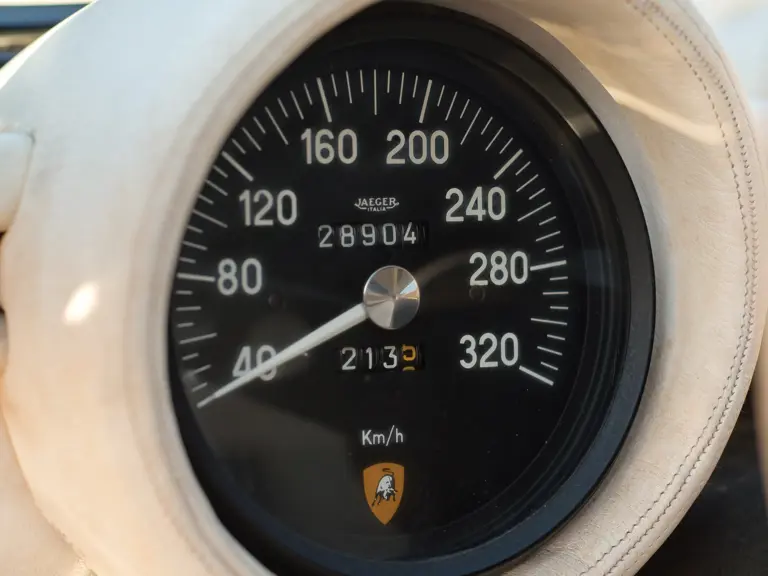

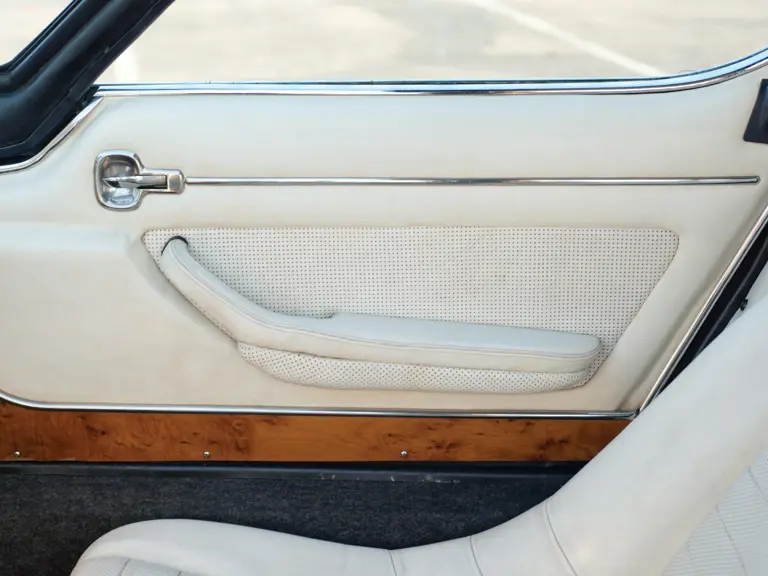
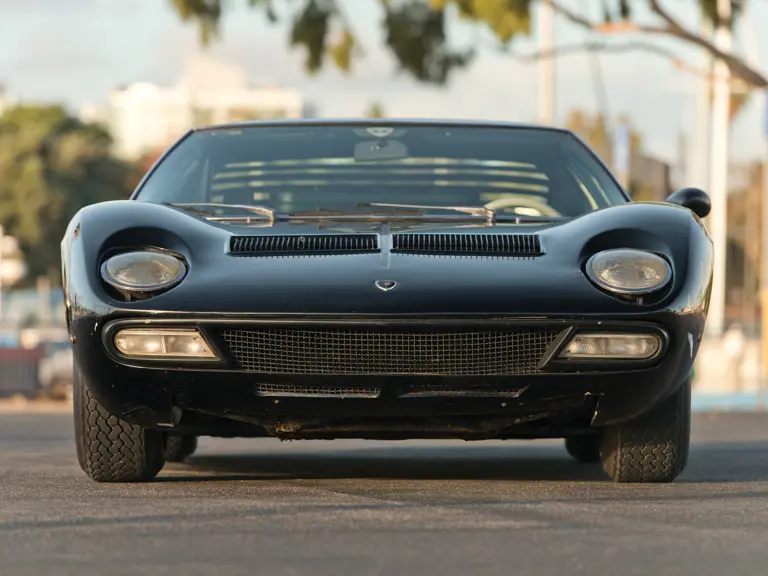


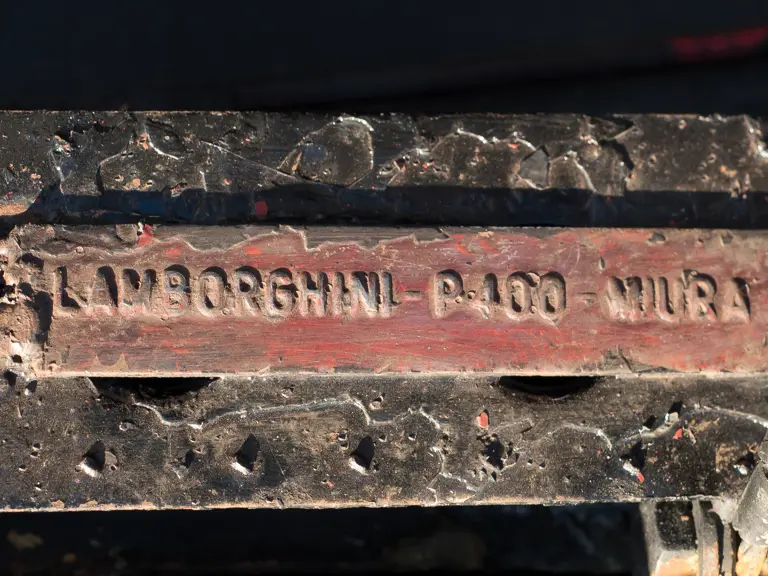
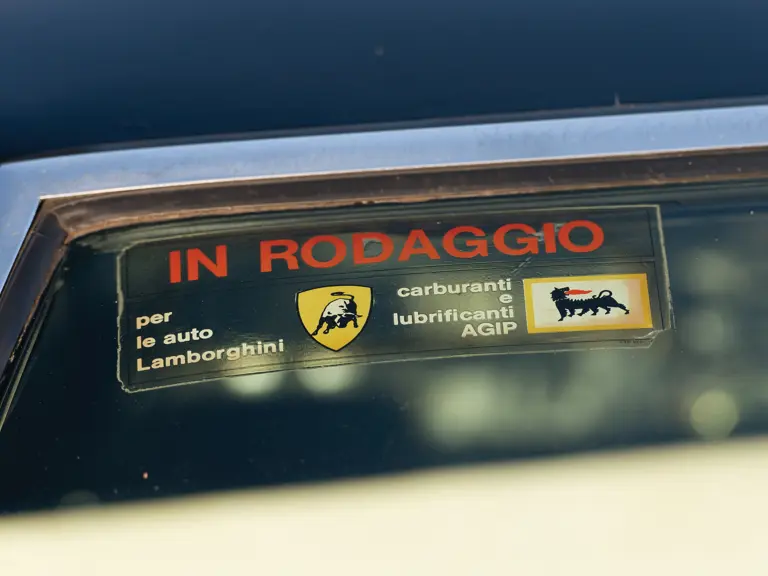
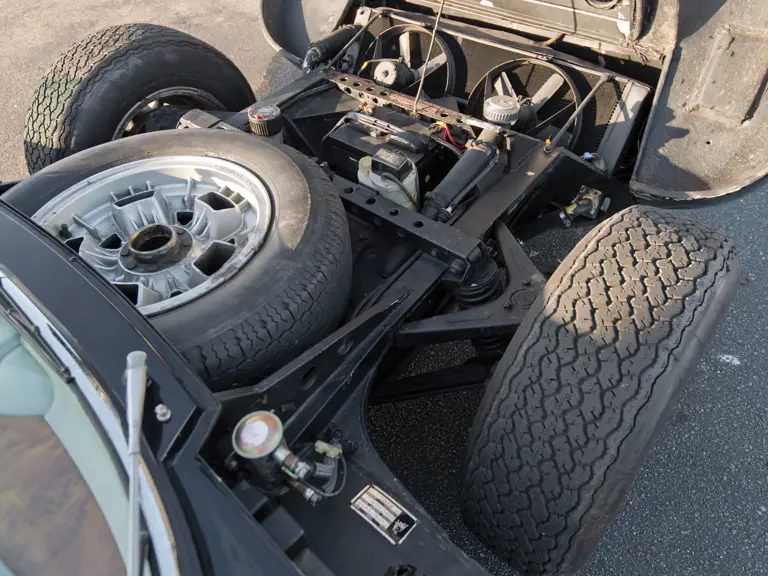
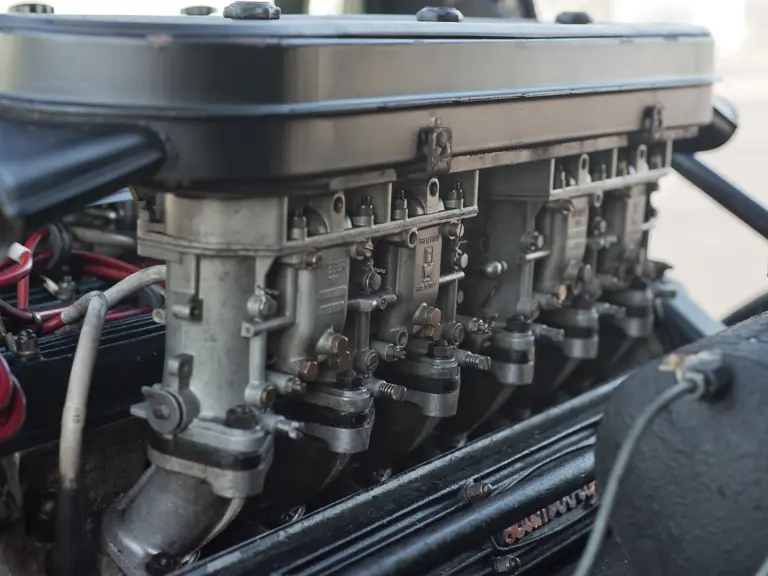
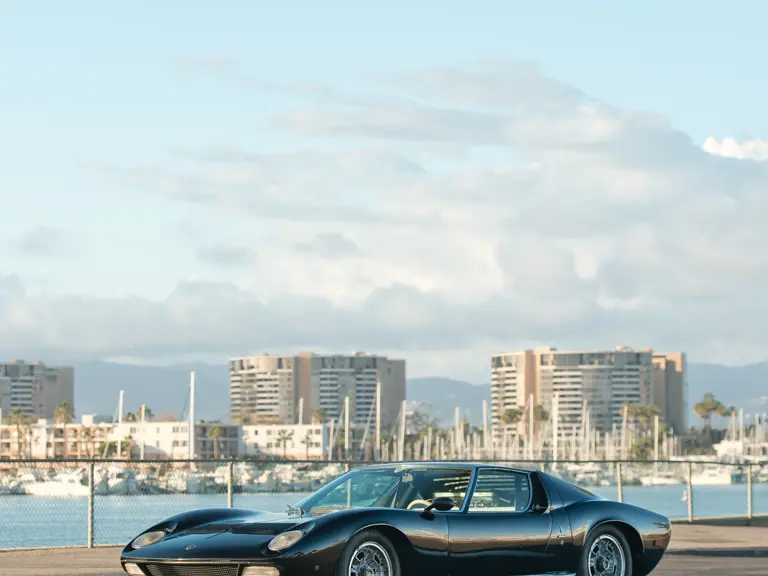
 | Phoenix, Arizona
| Phoenix, Arizona
